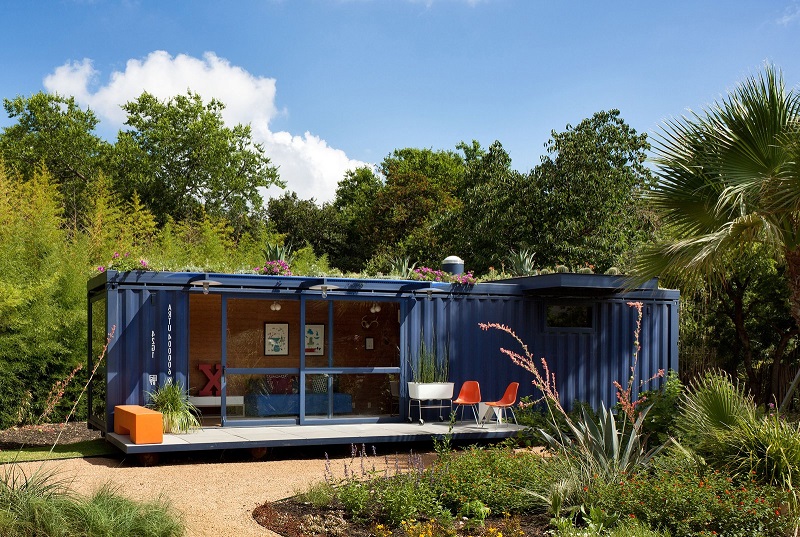Do you remember when small cars became the items to acquire? Well, guess what? It is now time for tiny houses to become the hot item of the day. All around the world people are looking to buy one of those quaint homes, either for a pied-à-terre or to move in permanently. Let’s take a look at the example of South Africa.
Tiny Houses Made of Recycled Containers
When it comes to tiny houses, small does not mean poor quality. In fact, most of them are often luxury homes. However, since they take up a lot less space, they don’t cost as much as big houses, which is a definite plus for those who are looking for a beautiful home at an affordable price. Containers Solutions in South Africa seem to be the way to go, as many of these high-ends houses are built out of recycled shipping containers.
It is no surprise that so many people want to acquire such type of property. Today, most people are quite aware of the impact of construction on the environment. Recycling containers, and using prefabricated kit to put up houses and other types of building, is a great way to be more ecological, as you save a lot of energy and you don’t use as much materials as with a larger traditional house. Furthermore people today prefers to own a little house than rent a larger apartment. They also would rather live in luxury, even if contained than to live a normal life in a more spacious location.
A Growing Trend around the World
This tiny house movement has rapidly taken over the world. Recently it also gained popularity in South Africa where the demand for small luxury houses is on the rise. Besides being able to step up the social ladder in a rather inexpensive manner, it also enables its inhabitant to bear down on the strict minimum. In a society that is conscious of the way it consumes products, it makes perfect sense to see this particular market grow.
They are fully functioning houses with reduced space, which is often immaculate and quite extravagant. You can be sure that the design of the house was thought to maximize each square centimeter of space. This movement was started in the USA, Canada, Australia and New Zealand and it keeps expending itself to new countries. It helps people to live a simpler life in homes that don’t have as many useless elements as traditional ones.
